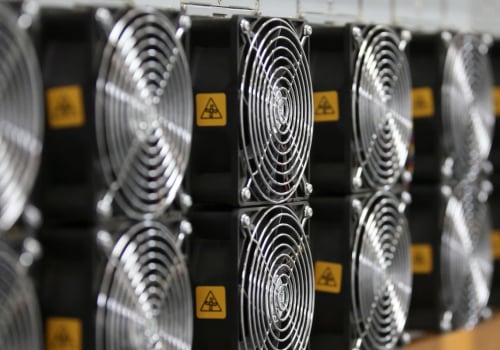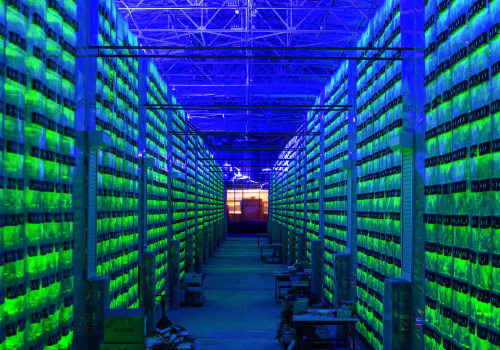Miners are rewarded with 6, 25 bitcoins. This number will drop to 3,125 bitcoins after the halving in 2024. The reward (plus transaction fees) is paid to the miner who solved the puzzle first. Cloud mining involves buying time on someone else's platform. Companies like Genesis Mining and HashFlare charge you based on what is called a hash rate, basically, your processing power.
If you buy a higher hash rate, you are expected to receive more coins for what you pay, but it will cost you more. As things stand, depending on what you mine, it may take several months before your cloud mining investment becomes profitable. However, at least with cloud mining, you don't have to worry about energy consumption costs and other direct costs related to conducting all mining with your own platform. The higher the difficulty rate, the less likely it is that an individual miner will be able to successfully solve the hash problem and earn bitcoins.
The winning hash for a bitcoin miner is one that has at least the minimum number of leading zeros defined by the difficulty of mining. But, as the price of Bitcoin rose, more and more miners became involved in the game, as did the California gold rush of the mid-19th century. As the difficulty and cost have increased, more and more individual miners have chosen to participate in a group. These transactions provide security to the Bitcoin network, which in turn compensates miners by giving them bitcoins.
It is usually the miner who has done the most work or, in other words, the one who verifies most transactions. The 1 MB limit was set by Satoshi Nakamoto, and this has become a matter of controversy because some miners believe that the block size should increase to accommodate more data, which would mean that the Bitcoin network could process and verify transactions more quickly. In the absence of miners, Bitcoin as a network would still exist and be usable, but there would never be any additional bitcoin. When miners used the old machines, the difficulty in mining bitcoins was more or less in line with the price of bitcoins.
Some of the most successful miners are those with large server farms located in countries with lower energy costs. By working together in a group and sharing payments among all participants, miners can earn a steady stream of bitcoin starting on the day they activate their miners. As the prices of cryptocurrencies and Bitcoin in particular have skyrocketed in recent years, it is understandable that interest in mining has also picked up. In a simulated world where you are the only two miners, your friend would theoretically earn 90 percent of all cryptocurrencies mined in the long run, and you would earn only 10 percent.
But the price of bitcoin has been very volatile, making it difficult or impossible for miners to know how much their payment would be worth each time they receive it. What they are actually doing is trying to be the first miner to come up with a 64-digit hexadecimal number (a hash) that is less than or equal to the target hash. The profitability of cryptocurrency mining varies from one cryptocurrency to another and can even change on a day-to-day basis.








